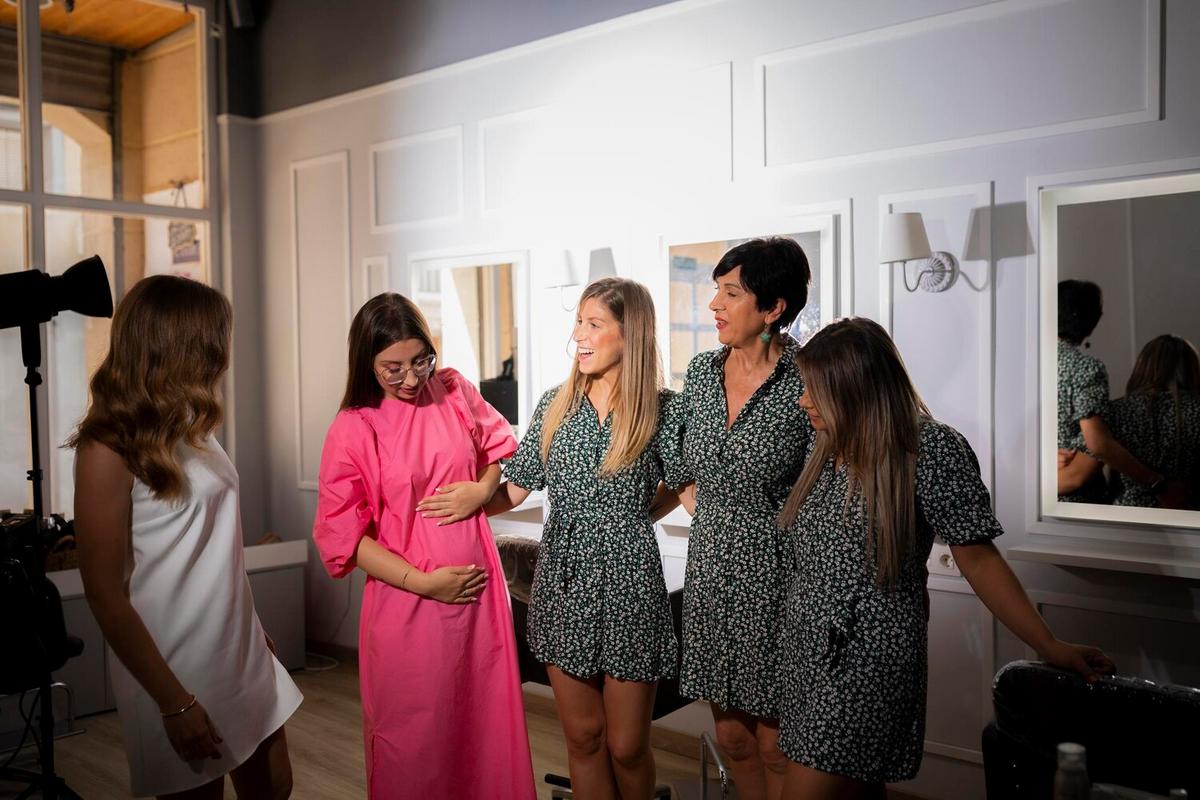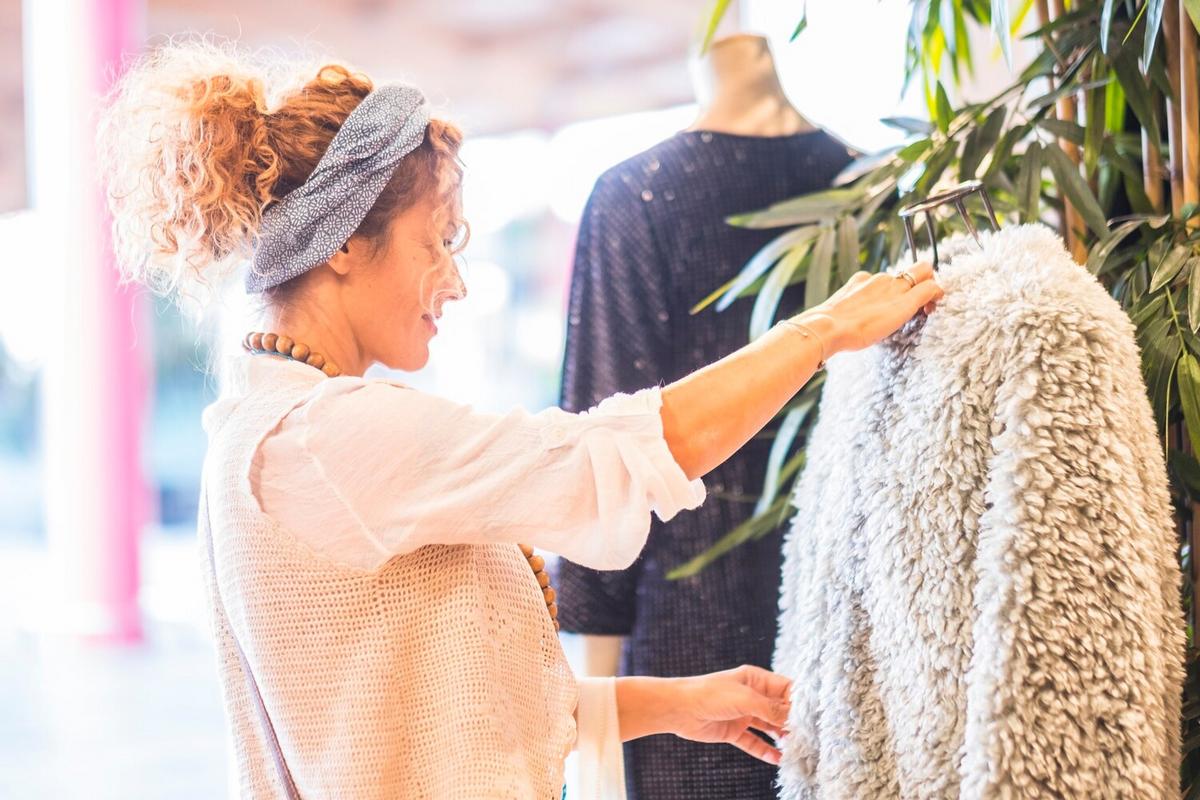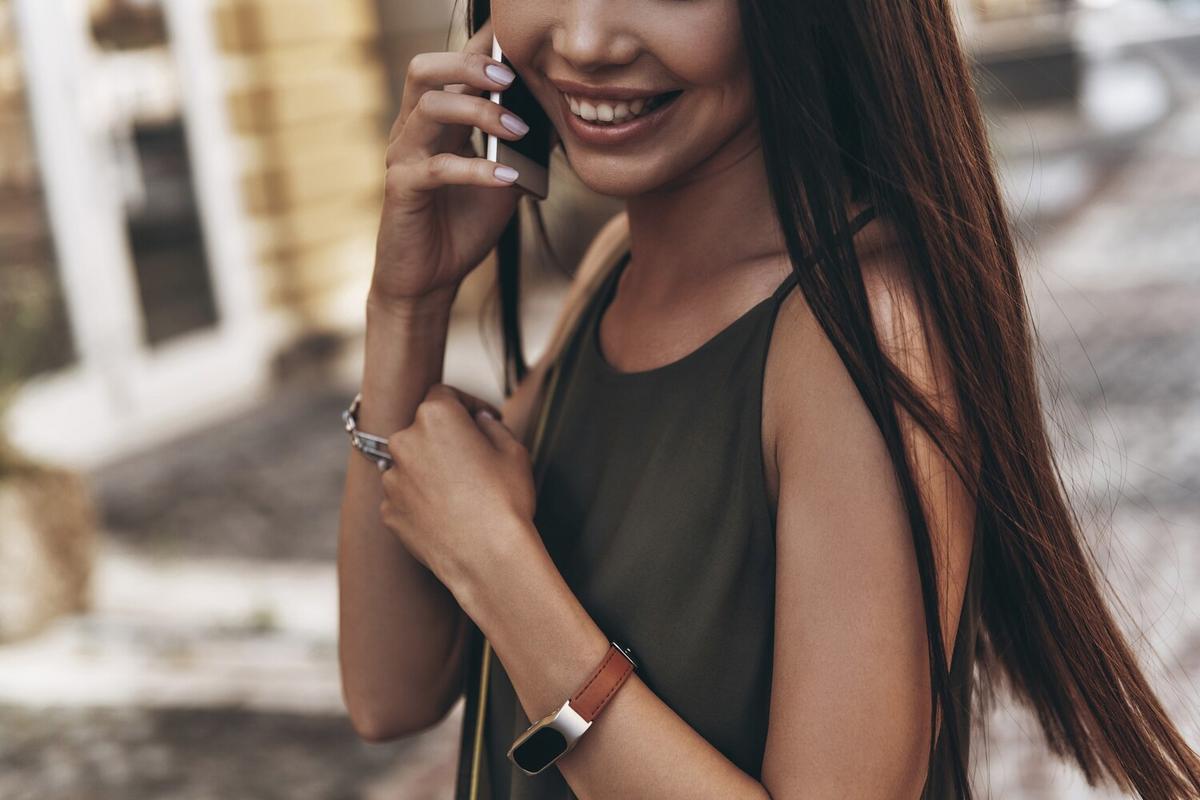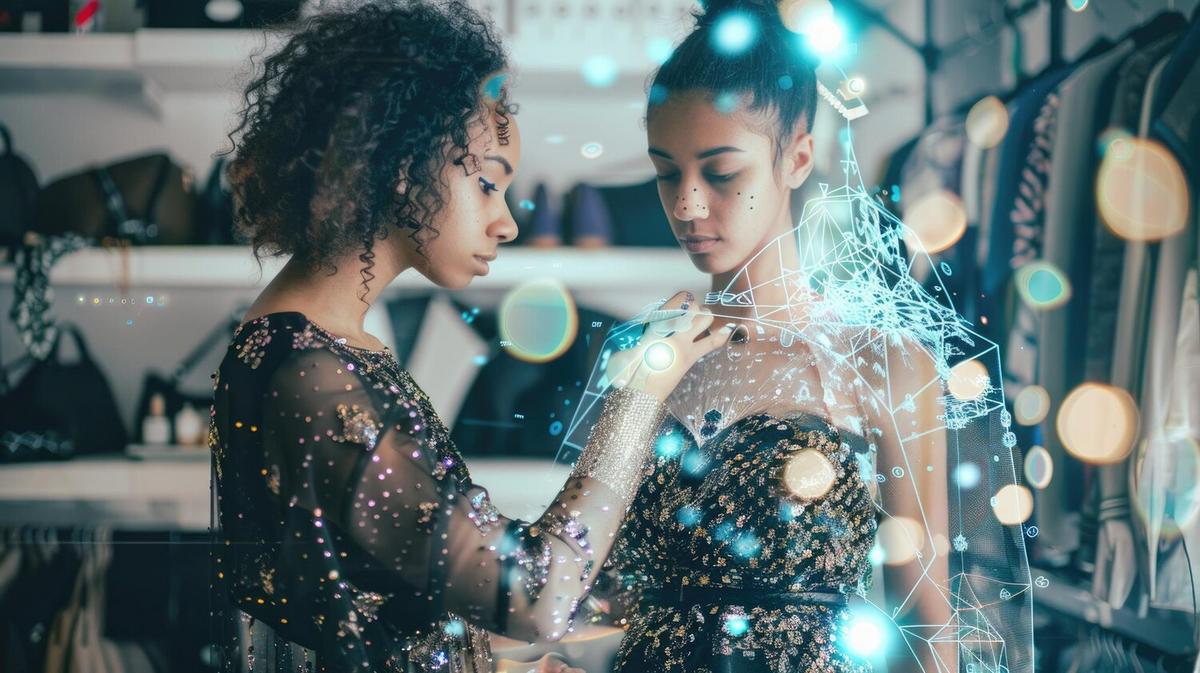
The Impact of Micro-Influencers on Fashion Retail
The rise of micro-influencers is reshaping the landscape of fashion retail, offering brands a unique way to connect with niche audiences and build authentic relationships.
Understanding Micro-Influencers
Micro-influencers are individuals on social media with a following typically ranging from 1,000 to 100,000. Their smaller audience allows for more personalized engagement, making them particularly impactful in the world of fashion retail. Unlike macro-influencers, micro-influencers often have a more engaged audience, which can lead to higher conversion rates for brands.
The Power of Authenticity
One of the main reasons micro-influencers are so effective is their perceived authenticity. According to a study by Experticity, 82% of consumers are highly likely to follow a recommendation made by a micro-influencer. This trust stems from the personal connections they forge with their followers, often sharing personal stories and providing genuine product reviews.
Statistics That Speak Volumes
A recent survey by Influencer Marketing Hub found that 91% of respondents believe influencer marketing is an effective form of marketing. Furthermore, micro-influencers have been shown to achieve up to 60% higher engagement rates than macro-influencers, making them a valuable asset for fashion brands looking to increase their reach.
Real-Life Impact
Consider the story of Mia, a fashion enthusiast turned micro-influencer. With just over 10,000 followers, Mia’s genuine passion for sustainable fashion caught the attention of a local eco-friendly clothing brand. By collaborating with Mia, the brand was able to reach a dedicated audience interested in sustainable fashion, resulting in a significant boost in their sales and online presence.
Actionable Advice for Brands
- Identify the right influencers: Look for micro-influencers who align with your brand values and have an audience that matches your target market.
- Foster genuine relationships: Engage with influencers by commenting on their posts and sharing their content. Building a strong relationship can lead to more successful partnerships.
- Track and measure success: Use analytics to track the performance of influencer campaigns and adjust strategies as needed.
Conclusion
In summary, micro-influencers hold a significant sway in the fashion retail industry by offering brands the chance to connect with highly engaged, niche audiences. By leveraging their authenticity and influence, fashion retailers can enhance their brand visibility and drive sales. As the industry continues to evolve, embracing the power of micro-influencers could be a game-changer for brands looking to make a mark.
Pro Tip: Collaborate with micro-influencers who are genuinely passionate about your products. Their enthusiasm will resonate with their followers, leading to more authentic and effective promotion.
FAQ
What is a micro-influencer?
A micro-influencer is someone with a social media following between 1,000 and 100,000, often known for higher engagement rates and niche influence.
Why are micro-influencers important for fashion retail?
They provide authentic engagement with their followers, leading to higher conversion rates for brands who collaborate with them.
How can fashion brands partner effectively with micro-influencers?
Brands should identify influencers aligned with their values, foster genuine relationships, and track the success of their campaigns through analytics.


